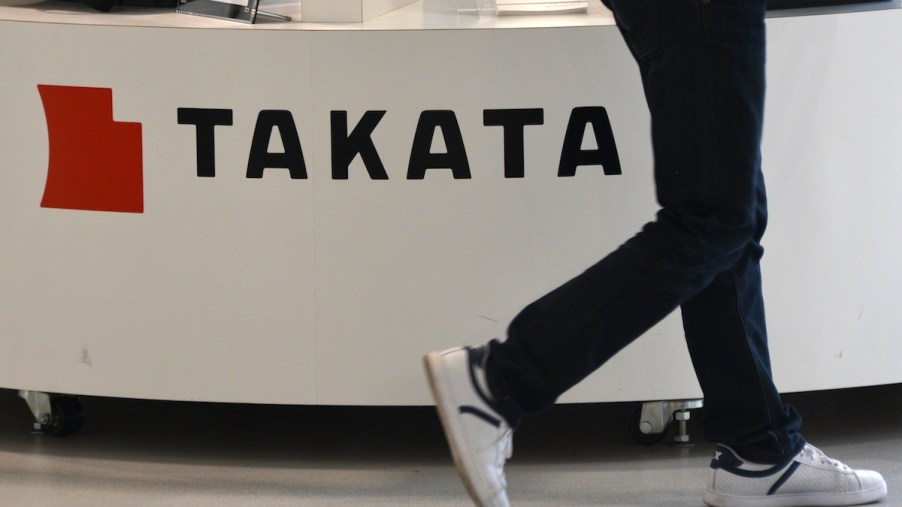
The Negligence of the NHTSA Indirectly Led to the Tragic Deaths of 15 People
The Takata airbags became the worst product on the market to date, especially with its recalls. Tons of automakers incorporated them into their vehicle designs. Over time, the inflators became a huge issue, and NHTSA, an agency created to keep people safe, got involved.
But an investigation on the NHTSA showed that they failed, in several ways, to protect the public. Their failures to monitor the situation closely indirectly caused more injuries and deaths to occur. CarComplaints.com explains what came of the investigation.
How the Takata Saga began
The saga began in 2008 when Honda rolled out the first safety recalls concerning the airbag propellant wafer defect. In 2009, two deaths in the US were reported, resulting in one family suing Honda and Takata, claiming they knew about the problems back in 2004, Automotive News Timeline noted.
Over the next few years, more automotive brands join the recall list, expanding it to include millions of vehicles with installed defective airbags. In 2014, NHTSA began an investigation to determine whether high-humidity areas contributed to the airbag problems.
Eventually, they found that the time, humidity, and buildup of a chemical ammonium nitrate could cause the airbag to explode when deployed, sending out the shrapnel objects that cause injuries death.
By January 2015, according to the Consumer Reports timeline, a fifth person had died of the defective airbags. That led to the NHTSA fining Takata $14,000 a day for their failure to cooperate fully with their products’ investigation.
But, by November of the same year, they instituted a civil penalty of $200 million. $130 million charged if they fail to meet their commitments.
How did it lead to the 15 deaths
In December 2015, after the ‘Fixing America’s Surface Transportation Act’ passed Congress, the Inspector General began investigating the NHTSA and their recall processes.
It turns out that the company known for advocating safety practices for all vehicles wasn’t doing much advocating after all. The investigation turned up some pretty weak areas that needed serious addressing.
Because of their failures to closely monitor the whole situation, more affected vehicles continued to travel on the roads with unsuspecting drivers, not knowing their cars’ potential danger.
To date, a total of 15 deaths from the defective airbags have been reported. At the time when the NHTSA’s investigation heated up, there were only four deaths known. So far, the recall still has a few more years to go before the case can be closed.
What were the Inspector General’s findings
The Inspector General found that they failed to monitor the recalls’ completion rates after automakers issued them. Their lack of reports and management controls severely hindered the follow-up process from ensuring automakers completed the recalls promptly.
The NHTSA had procedures regarding the low completion rates but didn’t act on any of their policies. The safety agency stated they had improved in many areas because of the Takata airbag fiasco, but the Inspector General identified areas where they would need to correct their shortcomings.
The airbag saga isn’t the only area that the NHTSA had reportedly failed the general public on so far. The investigation turned up a few more issues that the safety agency promises to improve upon going forward.
The Takata airbag drama has been going on for over a decade. The affected models’ list keeps getting longer and longer. It will take a few more years to get all of them repaired. In the meantime, let’s hope that no more fatalities happen because of this again.


